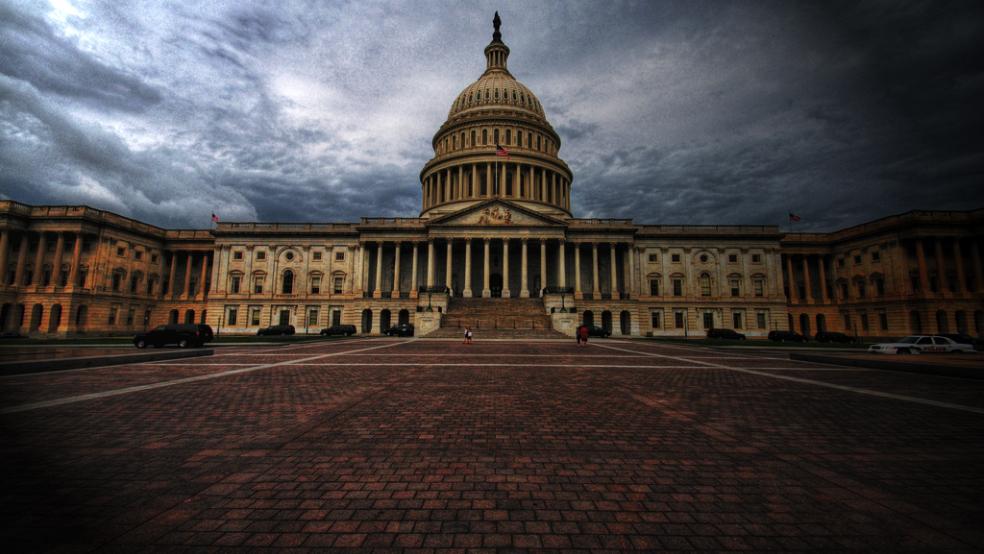The era of rock-bottom interest rates appears to be over, and the Federal Reserve is expected to continue raising rates this year. That means the “the federal government’s borrowing costs are set to soar,” the American Enterprise Institute’s James C. Capretta writes.
The Congressional Budget Office already projects that interest payments on federal debt will more than double over the next decade, climbing from 1.5 percent of GDP in 2018 to 3.1 percent of GDP in 2027. And those projections could be low if interest rates rise faster than expected.
Historically low interest rates have kept the cost of federal debt in check in recent years. “In 2008, the federal government made $253 billion in net interest payments on debt that was $5 trillion at the end of fiscal year 2007, for a 5 percent average interest rate on the debt,” Capretta notes. “The government made only $240 billion in interest payments in 2016, although the debt had more than doubled to $13.1 trillion at the end of fiscal year 2015, for a 1.8 percent average interest rate.”
Interest rates might not return to historically normal levels over the next decade. CBO projects the average inflation-adjusted interest rate on federal debt to be around 1 percent over that period, compared to an average real interest rate on 10-year Treasuries slightly over 3 percent from 1990 to 2007. “But even a partial normalization of interest rates would dramatically increase federal costs, making it even more difficult for policymakers to get the nation’s fiscal house in order,” Capretta argues.
Perhaps rising rates will highlight the importance of tackling the nation’s fiscal problems and prompt lawmakers to act. “It would be far better for the country if political leaders took steps now to head off a potential fiscal crisis that could come with rising debt,” Capretta suggests. “At the moment, though, neither party seems ready to face budgetary reality.”




